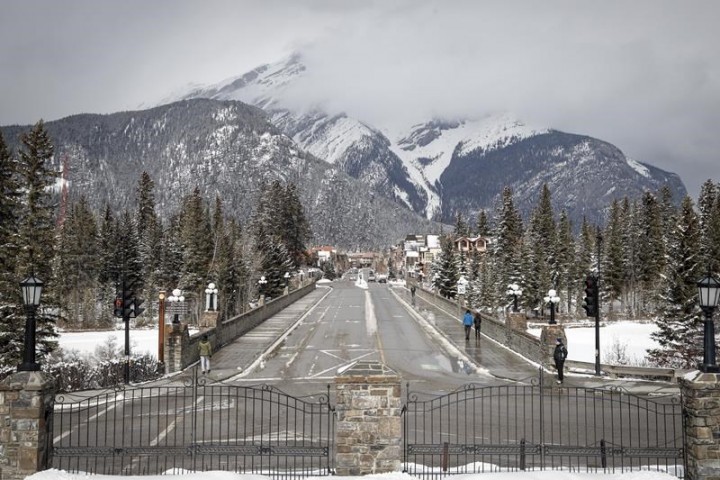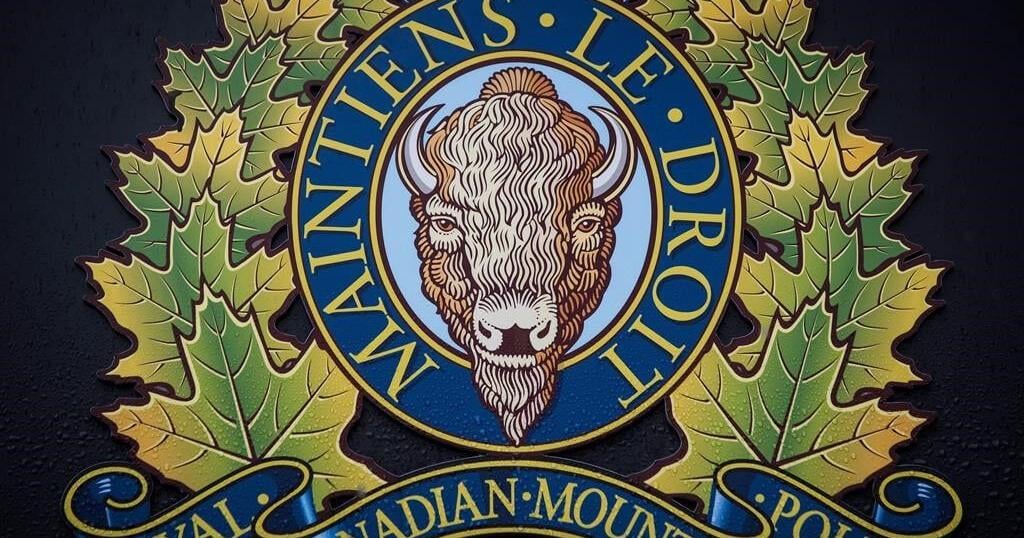A study that looked at data on the movement of grizzly bears and wolves in Alberta’s Bow Valley shows the animals avoid towns and developed areas when lots of people are around.
Research published last month in the journal Movement Ecology analyzed two decades of global-positioning information from 34 grizzly bears and 33 wolves. The animals had been fitted with collars in and around Banff National Park west of Calgary.
“We wanted to really understand how grizzly bears and wolves were using the landscape and responding to our activities both inside and outside the national parks,” Jesse Whittington, a Banff park wildlife ecologist who was the study’s lead author, said in an interview.
The data, he said, included 156,000 GPS locations collected in an area that spanned about 17,000 square kilometres.
Researchers found that grizzly bears and wolves responded differently to people depending on whether it was day or night and how close they were to developed areas.
“One of the striking things from our paper is the strategies wolves and grizzly bears use to avoid encountering people,” said Whittington. “As they travel through the landscape, if they have a choice, they will try to avoid encountering us.”
Whittington said that means the animals zip through towns and any spots with a lot of people.
“The sites they select for feeding and resting, which are absolutely essential for their survival … are far from towns and have very low human use,” he said.
“When we have busy landscapes like the Bow Valley, we need to make sure they provide secure, high-quality habitat that has minimal human disturbance.”
Mark Hebblewhite, a wildlife biology professor at the University of Montana and a study co-author, said the results are important.
“Development in the Bow Valley has been a multi-decade conservation challenge for both Parks Canada and also Alberta Environment and Canmore,” he said.
The study, he said, was partly prompted by a debate in the town of Canmore, which borders Banff National Park, about whether to allow more developmenton its eastern edge.
“That development has the potential to reshape not only Canmore, but also ecological integrity in the entire region, including Banff National Park,” said Hebblewhite.
A draft of the study was submitted to the town last year during hearings for two proposed projects, which would have almost doubled the population in the coming decades.
The proposals, which included about 80 per cent of Canmore’s remaining developable land, were both rejected by town council. They are now before the courts after the developer sued the town.
Experts who presented at the hearings said the plan to provide homes for up to another 14,500 residents and tourists would have added more pressure to an already busy valley.
Hebblewhite said he and the other researchers wanted to broaden the environmental debate.
“Our goal in this analysis was to try to provide greater context about the effects of that development and other developments in general,” he said. “Large carnivores, which are a flagship species, are just an indicator for all other types of species.”
He noted that the Bow Valley has already lost 80 to 85 per cent of its best wildlife habitat, and the developments that were proposed in Canmore would have increased that by another three per cent.
“Somebody might say, ‘Three per cent, that’s no big deal,’” he said. “But that’s moving the needle from 85 per cent disturbed and lost habitat to 88 per cent.
“That’s, in my mind, significant because it puts the debate over this property or that property in a valley-wide context.”
It’s getting to the point where animals won’t be able to make it through the Bow Valley, a key corridor used by animals to move around in the Rocky Mountains, Hebblewhite said.
The research has even larger implications, he added.
“One of the main challenges to national parks — not just in Canada, not just in Banff, but around the world — is exactly what’s happening in Canmore: exploding and burgeoning development on a border of a park. Because why? Everybody wants to live there,” he said.
“Without some sort of a co-ordinated federal, provincial plan, the very same thing that attracts everybody to live there will lead it to being loved to death.”
This report by The Canadian Press was first published May9, 2022.
Colette Derworiz, The Canadian Press
Related


































